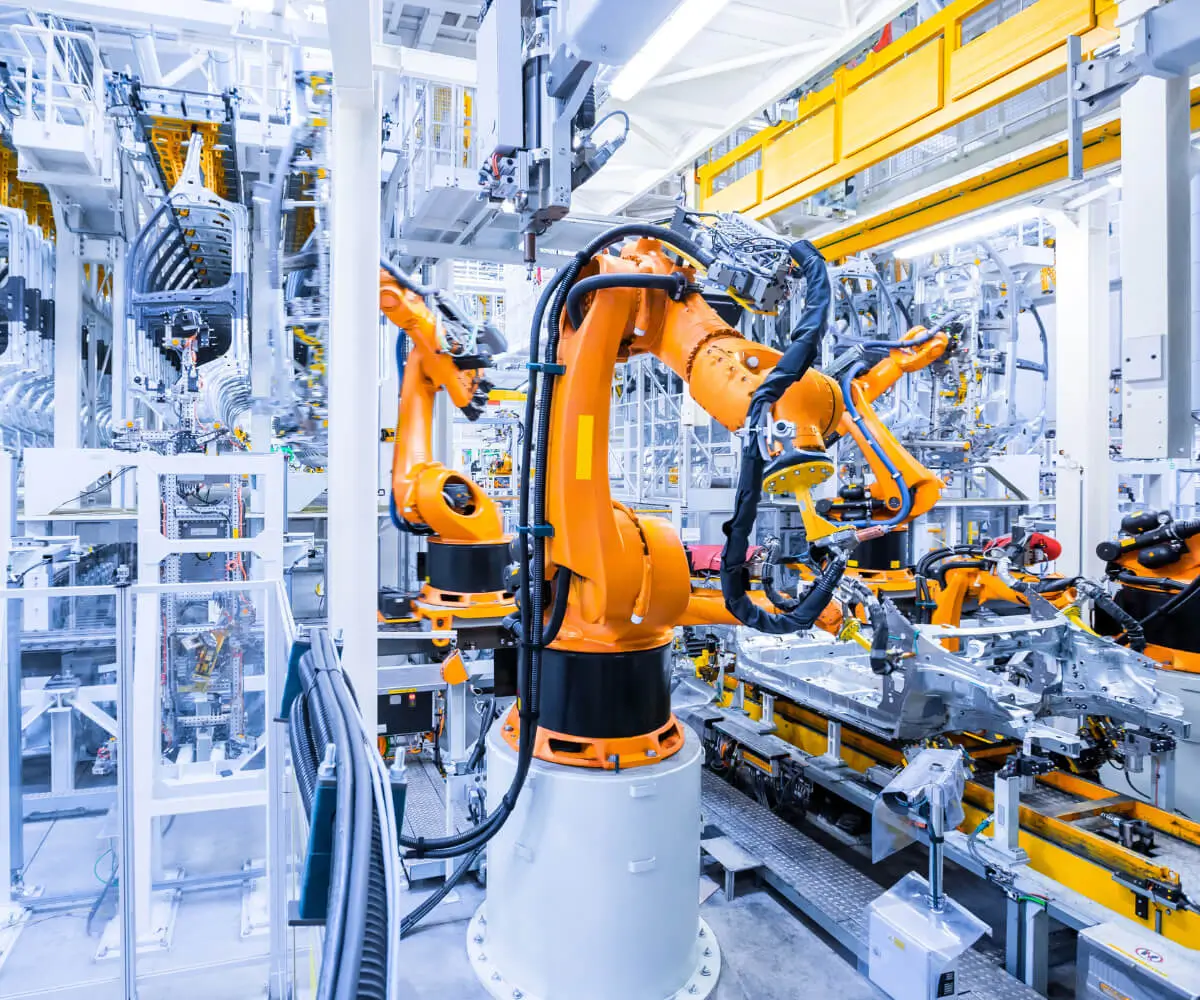Ever wonder how fancy robots and CNC machines move so smoothly? It all comes down to a tiny, yet mighty component called the servo motor. These little powerhouses are everywhere—helping robotic arms assemble cars, making drone flights more stable, or even opening and closing windows automatically. So, how exactly do they work? Let's dive in.

Imagine turning the steering wheel of a sports car—that instant grip, the quick response, the precise control. That’s what a servo motor delivers, but on a much smaller scale. In essence, it’s a closed-loop system, meaning it constantly checks its position and adjusts to stay right where it needs to be. That feedback loop is the secret sauce. It’s what makes servo motors so accurate and reliable.
Here's the gist: you send a command—say, rotate 90 degrees. The motor’s internal sensor (actually called an encoder) figures out where it currently is, then quickly calculates the difference between where it is and where it wants to be. It then energizes the motor’s coils in just the right way to get there. That cycle keeps happening hundreds or thousands of times per second, making the movement seem seamless. No lag, no overshoot—just pure control.
Ever watched a robotic arm carefully grab a delicate object? That precision is no accident. It’s all about how well the servo motor handles those tiny positional adjustments. They’re made to respond rapidly, with torque strong enough to hold or move loads with zero fuss. All while being energy-savvy, drawing power only as needed. That’s a key advantage when you’re designing machines that need to run consistently without wasting energy.
Now, why is this system so compelling compared to other motor types? Simple—control. Unlike a regular motor that just spins when you give it power, a servo motor stops exactly where it should. It’s like a painter with a fine brush, capable of fine-grained precision. Whether you’re mediating a robot’s hand or controlling a telescope’s mirror, it’s the flexibility and accuracy that make all the difference.
Questions pop up—do servo motors wear out easily? Not really. Because they’re mostly static when holding position, and their components are built for longevity. Plus, they’re adjustable—once set, they keep working without fuss. They come in all sizes, from tiny ones fit for drones to hefty models powering industrial equipment.
So, if you’re dreaming about the future of automation, understand that servo motors are fueling this revolution. Their ability to translate electrical signals into exact physical movements is what’s making everything smarter, faster, and more efficient. Once you see a robotic system in motion knowing what’s under the hood, you realize it’s not magic—just clever engineering working in perfect harmony.
Established in 2005, Kpower has been dedicated to a professional compact motion unit manufacturer, headquartered in Dongguan, Guangdong Province, China. Leveraging innovations in modular drive technology, Kpower integrates high-performance motors, precision reducers, and multi-protocol control systems to provide efficient and customized smart drive system solutions. Kpower has delivered professional drive system solutions to over 500 enterprise clients globally with products covering various fields such as Smart Home Systems, Automatic Electronics, Robotics, Precision Agriculture, Drones, and Industrial Automation.




































